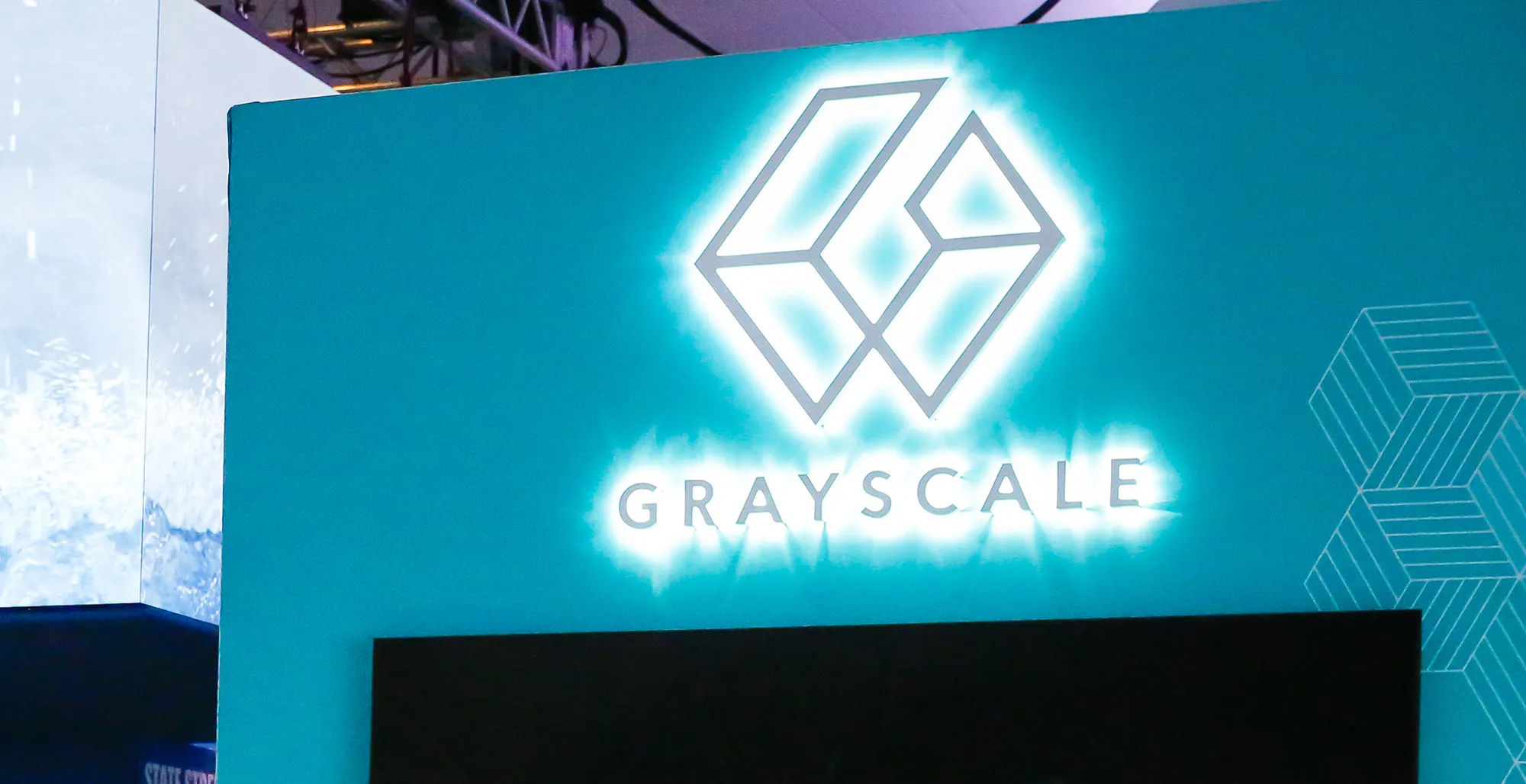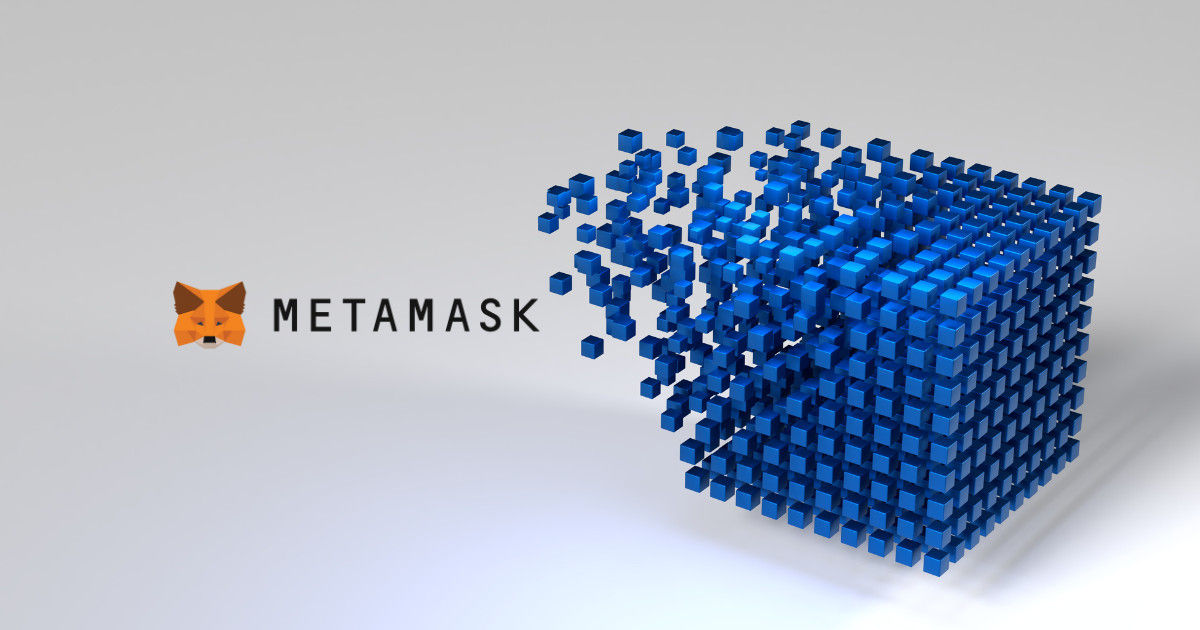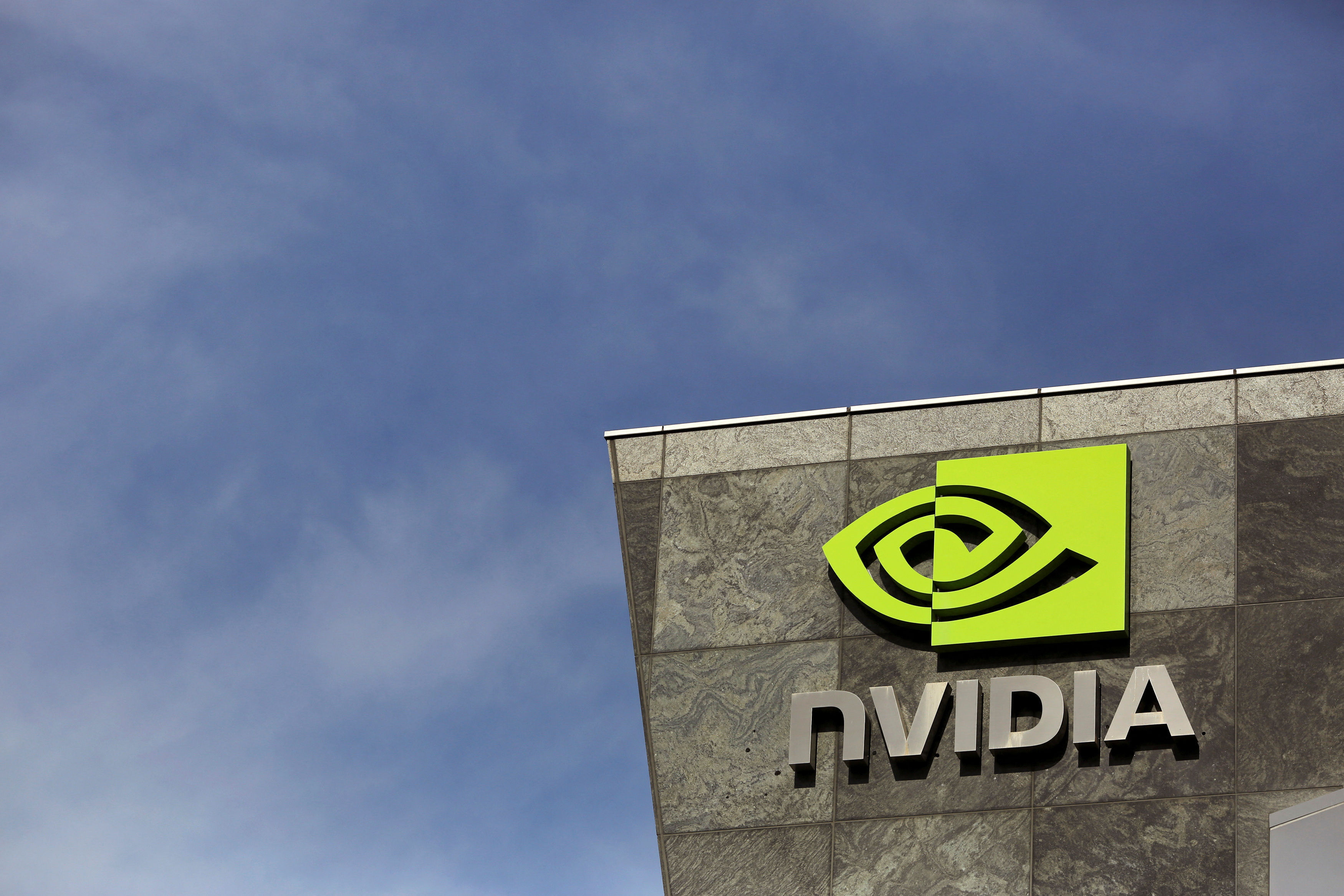Blog

Grayscale Makes a New Move! ETF Application Made for a Surprise Altcoin!
Mar-4-2025
Major US asset management firm Grayscale Investments has filed a 19b-4 application with the US Securities and Exchange Commission (SEC) to list and trade the Hedera ETF.
On behalf of Grayscale, the Nasdaq Stock Exchange filed a 19b-4 filing for the Hedera ETF product.
If approved, the Hedera ETF would trade on the Nasdaq exchange, like Grayscale’s other funds. Key details about the fund, such as the custodian chosen for the Hedera ETF, have not been disclosed. However, it has been reported that Coinbase, which is Grayscale’s choice for Bitcoin and Ethereum ETFs GBTC and ETHE, could be chosen as the custodian.
Canary Capital led the HBAR filings last week by filing for an HBAR ETF.
This is not Grayscale's first ETF application for altcoins, as it has previously applied for ETFs for Cardano (ADA), Dogecoin (DOGE), Solana (SOL), and XRP.
Apart from popular altcoins, ETF applications have also been made for popular memecoins such as TRUMP, MELANIA, and BONK. According to Bloomberg analysts, while approval rates for XRP, Solana, and Litecoin ETFs remain high, the likelihood of memecoin ETFs receiving approval still remains uncertain.
Read more

Crypto Market Today (03rd Feb, 2025): Bitcoin Brushes $95k | Cardano Price Up 60%
Mar-3-2025
The crypto market today has been chugging up on the charts. The fuel for the investor optimism comes from U.S. President Donald Trump endorsing a strategic crypto reserve, which includes XRP, Solana, and Cardano as well. This has directly led to the market cap of the business shooting up a remarkable 9.01% to $3.09 trillion.
Bitcoin Price Goes from $85k to $95k in 24-Hours?
Bitcoin has made praise-worthy moves, following the news around the U.S. crypto reserve. Talking about numbers, BTC price shot up from its low of $85k to a peak of $95k, all in just 24-hours. Bitcoin price currently is at $92,935.81, still 8.17% up over the previous day. The largest cryptocurrency saw $66.9 billion worth of trade since yesterday, while its dominance stood at 59.7%.
Altcoin Watch: XRP and Solana Prices Surge Double-Digit
Ethereum, the second-largest cryptocurrency, posted a solid 9.90% price hike to $2,446.46. XRP also enjoyed an impressive gain of 24.77% to hit $2.80. Solana saw a similar uptrend, gaining 18.41% and reaching $169.99.
Interested in grabbing some ETH before the bull run? Check out our Ethereum (ETH) Price Prediction 2025, 2026-2030 for possible targets!
Top Performers
What has awed marketers, is Cardano leading the top 100 cryptos. The bullish trend was aligned with its allocation in Grayscale’s smart contracts fund. And whale accumulations.
Cardano: +61.79% to $1.07
XCN: +32.77% to $0.02037
XRP: +25.44% to $2.82
Top Losers
MKR: -7.21% to $1521.07
TIA: -4.74% to $3.97
BERA: -3.51% to $8.15
Read more

MetaMask to Support BTC & SOL Enhancing User Experience
Feb-28-2025
MetaMask is expanding its reach. The popular Ethereum wallet will soon support Bitcoin (BTC) and Solana (SOL), making it easier for users to manage different cryptocurrencies in one place. Announced at ETHDenver, this update aims to create a smoother and more connected crypto experience.
By mid-2025, MetaMask users will be able to store, send, and trade Bitcoin (BTC) directly, without needing a separate wallet or using wrapped versions of the coin. Even earlier, in May, MetaMask will add support for Solana, making it the first non-Ethereum-based blockchain on the platform. This will make it easier for users to manage different types of cryptocurrencies in one place.
MetaMask is also improving how transactions work. A new feature, ERC-5792, will let users bundle multiple steps like approving and swapping tokens into a single action. This means users will need to click less, complete transactions faster, and pay lower gas fees. Co-founder Dan Finlay pointed out that this update will make using DeFi much smoother and more efficient.
MetaMask is also improving security. Right now, if you lose your private key, you lose access to your funds permanently because MetaMask works like a regular wallet with a single key. To fix this, MetaMask is shifting toward smart contract-based accounts, which include built-in recovery options and enhanced security. Finlay calls this shift “Self-Custody 2.0,” giving users more control over their assets while reducing risks.
In another big move, MetaMask’s debit card is expanding. Already available in the UK and EU, it will roll out in select U.S. states by mid-March. This card links directly to a MetaMask wallet, letting users spend their crypto anywhere Mastercard is accepted. The idea is simple: let users earn staking rewards while keeping funds available for daily expenses.
MetaMask has been a favorite among crypto users, but with other wallets catching up, it’s stepping up its game.
By adding support for Bitcoin and Solana, improving security, and making transactions easier, MetaMask is making crypto more user-friendly for everyone.
Read more

Nvidia revenues up 80% from ‘amazing’ demand for AI chips
Feb-27-2025
Chip-making giant Nvidia has beaten Wall Street expectations with its latest earnings, with a nearly 80% jump in revenue year-on-year due to sales of its artificial intelligence-centered microchips.
In a Feb. 26 earnings report for its 2025 fiscal year and fourth quarter ended Jan. 26, Nvidia announced revenues of $39.3 billion for the quarter — up 12% from its previous quarter and up 78% from the same quarter a year ago.
Zacks Investment Research said Wall Street revenue estimates pegged revenue at only $37.72 billion, while earnings per share of 89 cents beat expectations of 84 cents.
Nvidia founder and CEO Jensen Huang said on an earnings call that the earnings uptick was thanks to “amazing” demand for its microchip Blackwell — designed for AI, machine learning and high-performance computing.
“AI is advancing at light speed as agentic AI and physical AI set the stage for the next wave of AI to revolutionize the largest industries.”
Nvidia’s data center revenue accounted for over 90% of the firm’s total revenues, hitting $35.6 billion, up 93% from a year ago.
Shares in Nvidia Corp (NVDA) closed trading on Feb. 26 up 3.67% to $131.28, according to Google Finance.
Nvidia revenues up 80% from ‘amazing’ demand for AI chips
NVDA’s share price fell 1.49% after hours to $129.32. Source: Google Finance
It’s still down from its all-time high set In November when the stock closed at over $147.
Late last month, on Jan. 27, Nvidia saw the largest one-day value drop in US stock market history when its shares closed down nearly 17% — wiping out almost $600 billion in value amid investor panic after Chinese AI firm DeepSeek released a model that reportedly rivaled OpenAI’s ChatGPT.
Huang has previously said his firm is focused on being at the forefront of agentic AI as the race around the tech heats up.
Other US firms have also begun ramping up AI expansion. Microsoft said in September that it was establishing two AI centers in Abu Dhabi, which was among the significant AI investments throughout 2024.
At the same time, Bitcoin (BTC) mining companies have been diversifying their income streams to include AI, converting some of their crypto mining operations over to help run compute-intensive large language models.
In August, asset manager VanEck estimated that if publicly traded Bitcoin mining companies shifted 20% of their energy capacity to AI and high-performance computing by 2027, they could increase additional yearly profits by $13.9 billion over 13 years.
The decline in Nvidia's valuation is considered a “bullish development” for Bitcoin, according to a Jan. 27 report by research firm 10x Research.
The firm suggested that reduced spending on AI could help ease inflation, which could lead to more favorable monetary policy from the US Federal Reserve.
Read more

Thinking Machines: Ex-OpenAI CTO’s new AI startup
Feb-26-2025
Former OpenAI CTO Mira Murati has announced the launch of Thinking Machines, a new AI research and product company.
With a mission to democratise access to AI and create systems that are both customisable and capable of working collaboratively with humans, the startup is setting ambitious goals to transform how AI integrates into everyday life and industry.
“We’re building a future where everyone has access to the knowledge and tools to make AI work for their unique needs and goals,” the company explains.
Bridging gaps in the current AI landscape
Thinking Machines aims to address key gaps in the current AI landscape. While AI capabilities have advanced dramatically, there remain significant challenges in making these technologies accessible and practical for widespread use.
Currently, knowledge about cutting-edge AI systems is concentrated among a select few research labs, which limits public understanding and hinders broader innovation. The company highlights that systems today are also challenging to customise for individual needs and values, a critical hurdle for real-world adoption.
Thinking Machines sees the solution in creating AI systems that are more widely understood, customisable, and capable. The company plans to combine intellectual openness, advanced infrastructure, and innovative AI safety practices to empower both researchers and end-users.
Murati’s team brings formidable expertise to this mission, comprising scientists, engineers, and technologists responsible for creating some of the most widely used AI tools, such as OpenAI’s ChatGPT, Character.ai, and open-source frameworks like PyTorch and OpenAI Gym.
A human-centric approach to AI
A key cornerstone of the company’s philosophy is collaboration. Thinking Machines intends to maintain a culture of openness by sharing research papers, technical blog posts, and code with the wider AI community.
“Scientific progress is a collective effort,” the company states. “We believe that we’ll most effectively advance humanity’s understanding of AI by collaborating with the wider community of researchers and builders.”
This open research ethos reflects a broader trend in the AI sector, where transparency and community engagement are increasingly seen as drivers of not just innovation, but also societal trust in AI technologies.
Unlike many organisations focused purely on creating autonomous AI, Thinking Machines is also putting a strong emphasis on human-AI collaboration.
Multimodal systems – AI capable of working with a combination of formats like text, video, and imagery – are central to this human-centric vision. These systems are designed to interact seamlessly with people, helping users leverage AI to achieve specific goals and solve meaningful problems.
The focus on personalisation also sets Thinking Machines apart. The team envisions AI systems that go beyond narrow-use cases, enabling diverse applications across fields ranging from scientific research to engineering and creative work.
The company is particularly interested in creating AI tools that adapt to individual expertise and situations, allowing users to “make AI work for their unique needs and goals.”
Thinking Machines will prioritise strong foundations
While many AI startups are rushing to deploy systems, Thinking Machines is aiming to get the foundations right. This rests on two major pillars: model intelligence and high-quality infrastructure.
Murati’s team is building frontier AI models capable of pushing the boundaries of fields like programming and scientific discovery. These advanced technologies could enable revolutionary applications, from uncovering new scientific insights to achieving engineering breakthroughs.
Equally, the company is committed to designing efficient, secure, and user-friendly infrastructure to drive productivity and support the next generation of AI systems.
Rather than opting for shortcuts, Thinking Machines is taking a patient, methodical approach to maximise long-term impact.
Advanced multimodal capabilities are another area of focus. By integrating modalities like language, imagery, and sensory data, the company aims to build systems capable of richer communication and deeper real-world integration.
Ethical AI through product-driven learning
Thinking Machines also plans to intertwine research and product design, an approach that not only informs innovation but also ensures relevance and usability.
Products will drive iterative learning, enabling the team to gain insights from real-world deployment. Meanwhile, real-world testing will further solidify the company’s commitment to AI safety, blending proactive research with rigorous post-deployment monitoring.
Murati’s team outlines three key principles for advancing AI safety:
Maintaining a high safety bar to prevent misuse while preserving user freedoms.
Sharing best practices with the industry for building secure AI systems.
Accelerating external research on AI alignment by providing access to code, datasets, and model specifications.
The team also recognises that the most meaningful breakthroughs often come from “rethinking our objectives, not just optimising existing metrics.”
By measuring real-world value, Thinking Machines hopes to create AI systems that truly benefit society across a wider array of use cases.
Thinking Machines: A fresh AI startup, guided by experience
The launch of Thinking Machines signifies the next chapter for Mira Murati, who played a crucial role in leading some of OpenAI’s most successful projects.
Murati’s wealth of experience, alongside a team of world-class AI creators, puts the new venture on solid footing to make a significant impact on the sector. By affirming a commitment to openness, collaboration, and long-term thinking, the startup may provide an antidote to common criticisms of the fast-moving AI world, from opacity to ethical risks.
The mission is clear: to empower people in every industry to harness AI’s transformative potential—on their terms.
Read more






